Explore Black History Month in America's National Parks! The National Park System has numerous on-location opportunities to learn about the history and contributions of African Americans in the United States. Approximately 14% of the US population is African American and their legacy is preserved and told at numerous park sites to millions of visitors each year.
These sites (listed by state below) tells visitors of the hardships they have endured as well as their success giving everyone a better appreciation of the Black American Culture.
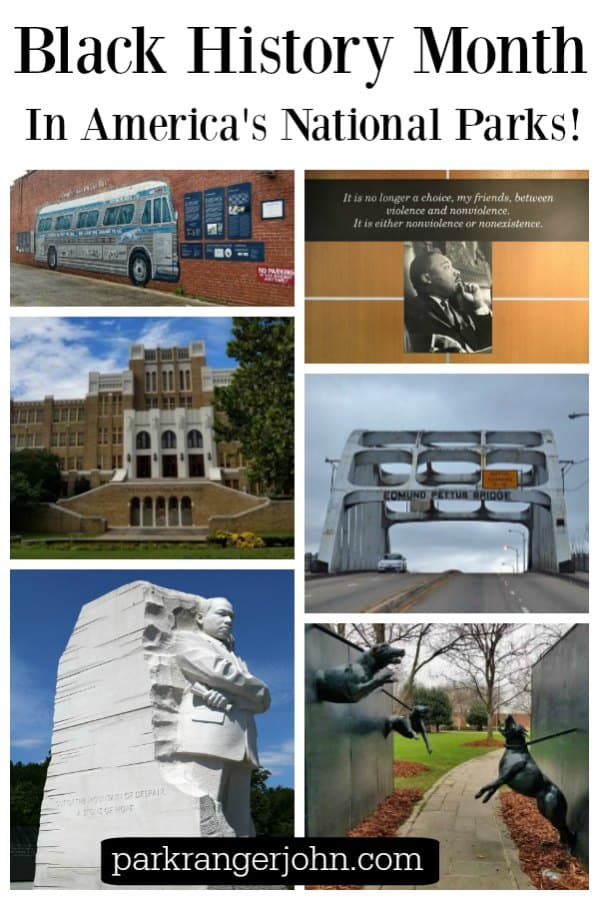
Explore Black History in America's National Parks
What is Black History Month?
Black History Month, also known as African American History Month in America, is an annual celebration that was originally set up by historian Carter G. Woodson and the Association for the study of Negro Life as Negro History Week in 1926.
He chose the second week in February as it covered the birthdays of Frederick Douglass (February 14) and Abraham Lincoln (February 12).
Black History Month is celebrated in several countries including the United States, Canada, United Kingdom, and Germany. The Netherlands celebrates Black Achievement Month.
The early history of African Americans in the United States begins with slavery. Slavery also led America into the Civil War in April 1861.
I have highlighted a couple of key Civil War Battleground sites but not all of them as that could be a huge article itself. The Civil War was the bloodiest four years of American History in which 620,000 Union and Confederate Soldiers died.
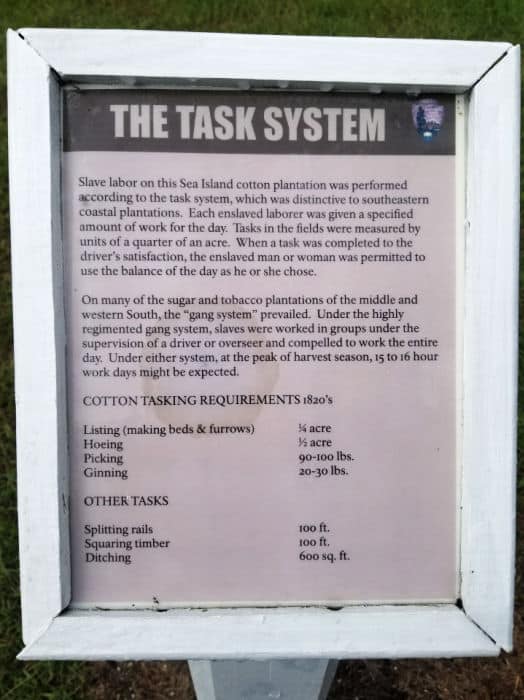
April 9, 1865, marked the end of the Civil War.
December 6, 1865, marked the Ratification of the Thirteenth, Fourteenth, and Fifteenth Amendments of the U.S. Constitution.
The Thirteenth Amendment abolished slavery and involuntary servitude, except as a punishment for a crime.
The Fourteenth Amendment granted citizenship to “all persons born or naturalized in the United States,” which included former slaves recently freed.
The Fifteenth Amendment granted the right of citizens of the United States that the right to vote shall not be denied or abridged by the United States or by any state on the account of Race, Color, or previous condition of servitude.

This marked a big step forward for equality within the United States. Unfortunately, this did not mean that there was no longer a need to fight for Civil Rights.
The end of slavery brought about another form of oppression known as Jim Crow Laws. Jim Crow Laws were laws created by state and local agencies that enforced racial segregation and voter suppression.
Jim Crow Laws included literacy tests, poll taxes, and the grandfather clauses, which were all restrictions on voting meant to keep black men from casting a ballot. Bans on interracial marriage and separation between races in public and places of business were also common.
Alabama
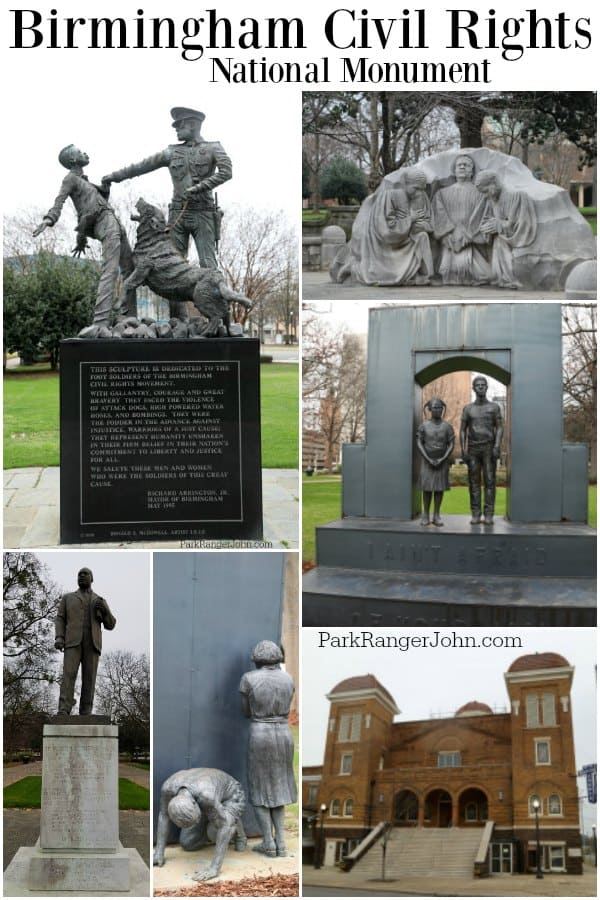
Birmingham Civil Rights National Monument
The events that took place in the Birmingham Civil Rights National Monument in 1963 was a part of a big plan called Project C. It was here that the American public and people from around the world got to see first-hand unfathomable injustices of racial segregation and the brutal attacks on non-violent protesters including snarling police dogs and children being sprayed with high-pressure hoses!
Images of these events appeared in print and on people's television sets that even President John F. Kennedy could not ignore.
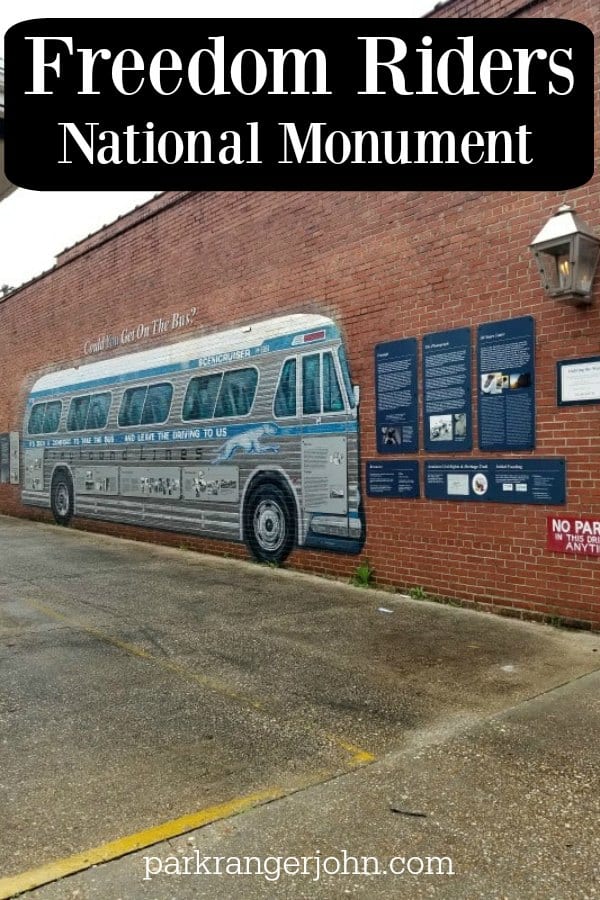
Freedom Riders National Monument
There was a small group of people that challenged segregation laws on interstate travel that were known as "Freedom Riders". These brave individuals almost lost their lives in 1961 near Anniston, Alabama when a group of white segregationists who did not appreciate them challenging this law slashed the tires on the bus as the bus quickly took off away from the danger of the angry mob.
Little did they know the white segregationists followed them and firebombed the bus with all the Freedom Riders on board. Images of this vicious attack appeared in newspapers leaving the American public shocked!
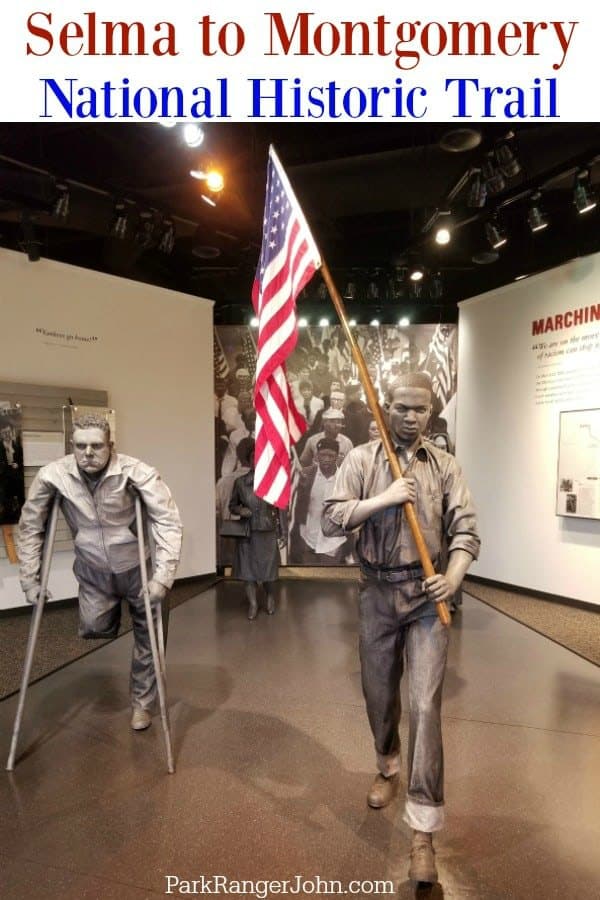
Selma to Montgomery National Historic Trail
Until 1965, several counties in the south used measures like Jim Crow Laws to prevent African Americans to vote even though they had been granted this right under the Fifteenth Amendment of the U.S. Constitution. A boiling point had been reached as 0% of African Americans in Lowndes County and 2% of African Americans in Dallas County had managed to vote.
This led to several protests including one on February 18, 1965. During a protest to free SCLC supporter Rev. James Orange from the Perry County Jail, located in Marion, AL, Jimmie Lee Jackson was shot in the abdomen. Jackson died from his wounds on February 26.
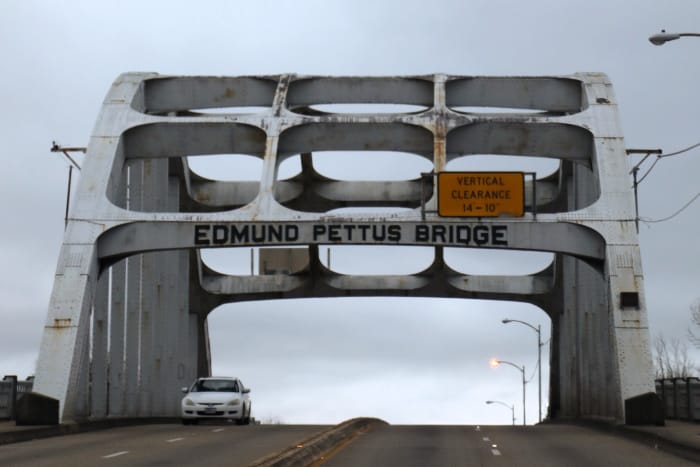
This led to approximately 600 non-violent protesters getting together on March 7th. who departed from Brown Chapel A.M.E. Church in Selma with the intent of marching 54-miles to Montgomery. This march was to serve as a memorial to Jimmy Lee Jackson and to protest for voter's rights.
The protesters were quickly met at the Edmund Pettus Bridge by a column of State Troopers and local volunteer officers of the local sheriff's department who blocked their path. Protesters were told they had two minutes to get back to their houses or church. Before two minutes, the protesters were violently attacked by Law Enforcement Officers with nightsticks and teargas. At least 50 protesters were hospitalized as this brutality was captured by the media.
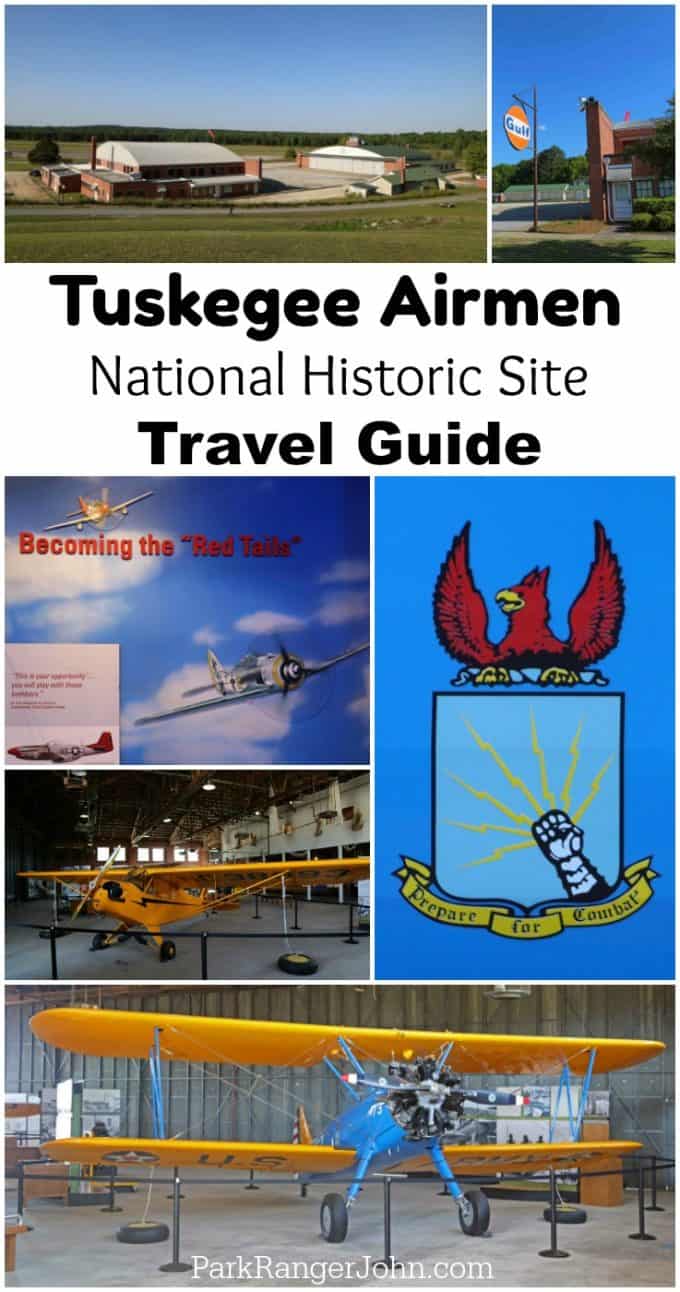
Tuskegee Airmen National Historic Site
The Tuskegee Airmen came from an experiment conducted by the US Army Air Corps to see if African Americans had the mental and physical capabilities to lead, fly military aircraft, and the courage to fight in a war. This experience led to these pioneers opening doors that led to corridors of opportunities for others to enter, eventually leading to the Presidency of the United States.
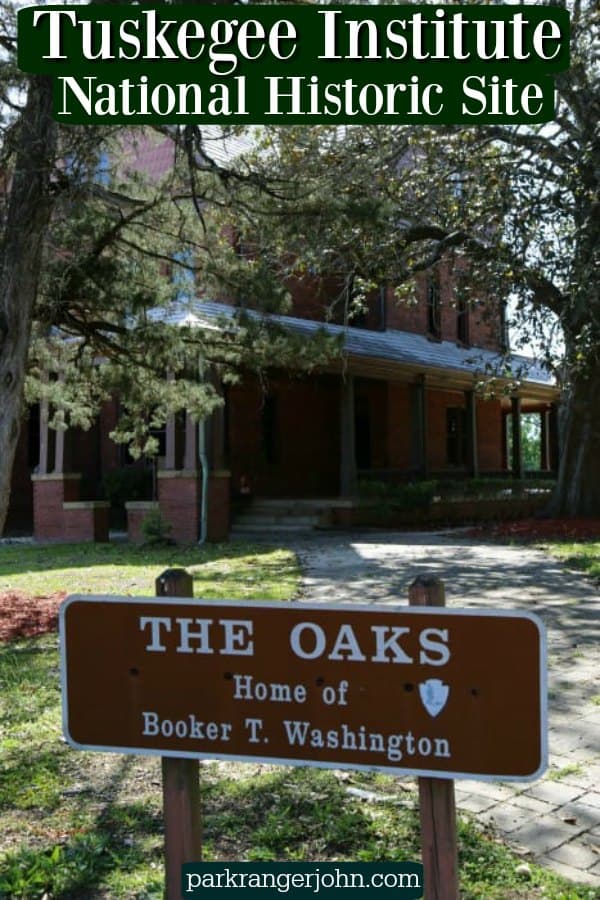
Tuskegee Institute National Historic Site
Tuskegee University is a private, primarily black University that was founded by Lewis Adams and Booker T. Washington on July 4, 1881, as the Tuskegee Normal School for Colored Teachers. The University was home to George Washington Carver and the Tuskegee Airmen. The University now has over 3000 students and was ranked 8th. among the 2020 U.S. News & World Report best Historically Black Colleges and Universities.
Arkansas
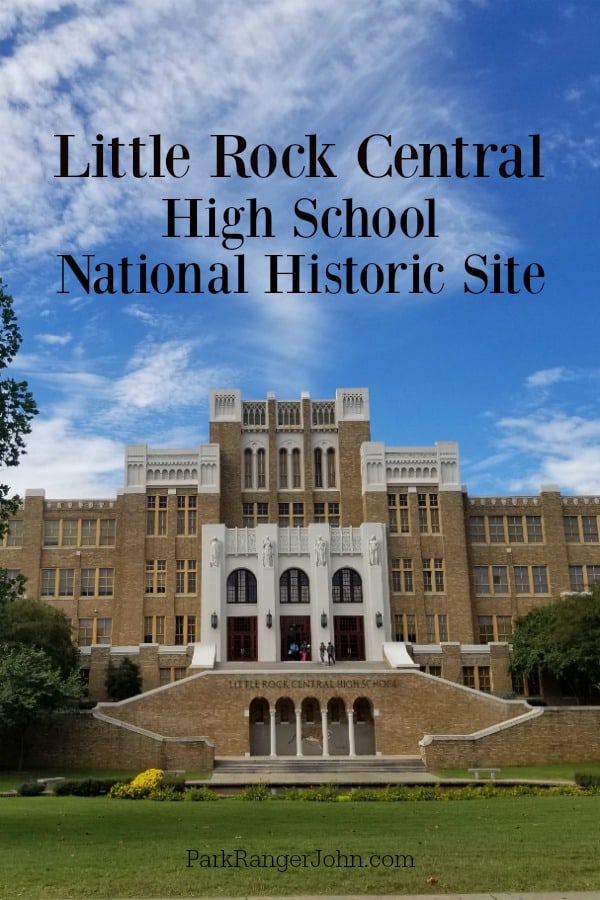
Little Rock Central High School National Historic Site
The Supreme Courts Ruling on Brown vs. Board of Education paved the way for African American students to attend Little Rock Central High School.
September 23, 1957, was the first day of what became the first African American Students "The Little Rock Nine" attempt to attend Little Rock Central High School. The Little Rock Nine were greeted by a mob of angry protesters that went as far as blocking access and spitting on the children.
Media coverage sent shockwaves and required U.S. Military intervention to allow the Little Rock 9 to gain access to school through the angry protesters.
California
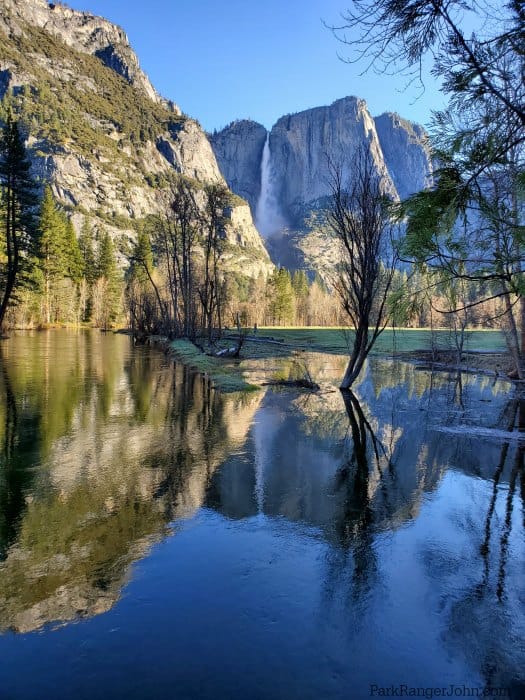
Yosemite National Park
Approximately 500 Buffalo Soldiers were amongst the first Park Rangers in Yosemite and Sequoia National Park. Their main duties were to evict poachers and timber thieves and to fight wildfires.
Washington DC
African American Civil War Memorial
Over 200,000 African-American soldiers and sailors served in the U.S. Army and Navy during the Civil War. Their service helped to end the war and free over four million slaves. The African American Civil War Memorial honors their service and sacrifice.
Carter G Woodson Home National Historic Site
Dr. Carter G. Woodson’s home served as the headquarters for the Association for the Study of African American Life and History. Dr. Woodson established Negro History Week here in 1926, which we celebrate today as Black History Month.
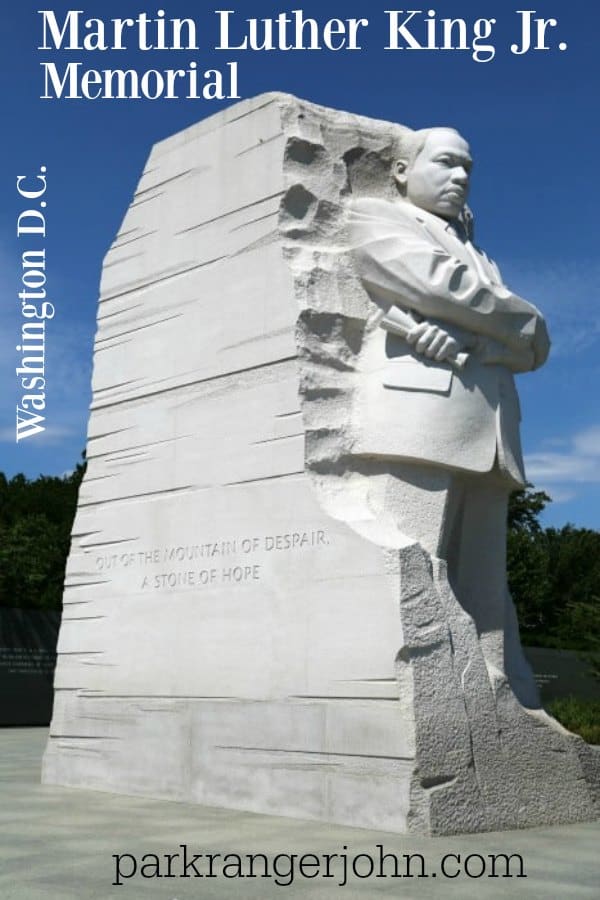
Martin King Jr. Memorial
The MLK Jr. Memorial was dedicated in 2011 near the spot where Martin Luther King Jr. gave his famous “I Have a Dream” speech during the 1963 March on Washington for Jobs and Freedom.
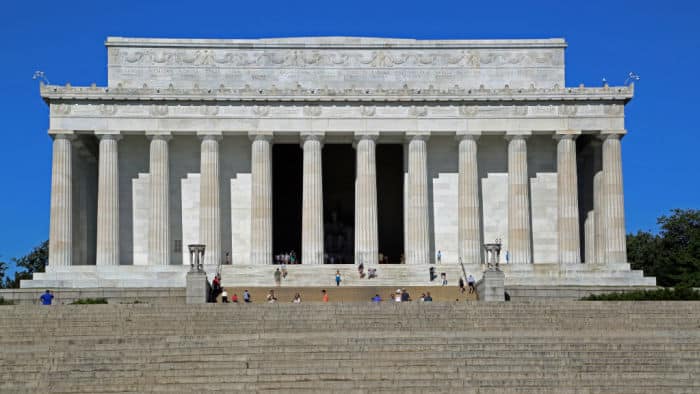
Lincoln Memorial
Abraham Lincoln was the 16th President of the United States. He served during the Civil War, emancipated enslaved people in the South and was assassinated days after the end of the Civil War in 1865.
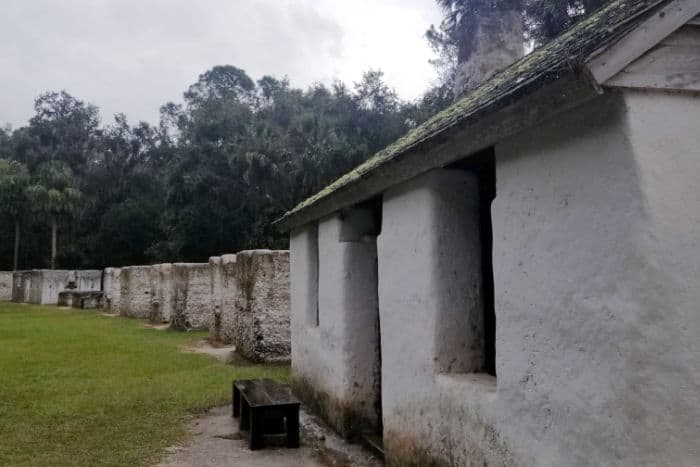
Florida
Gullah/Geechee Cultural Heritage Corridor (Florida, Georgia, North Carolina, and South Carolina)
The Gullah Geechee Cultural Heritage Corridor is a National Heritage Area established by the U.S. Congress to recognize the unique culture of the Gullah Geechee people. The Gullah Geechee people have traditionally resided in the coastal areas and the sea islands of North Carolina, South Carolina, Georgia, and Florida.
Georgia
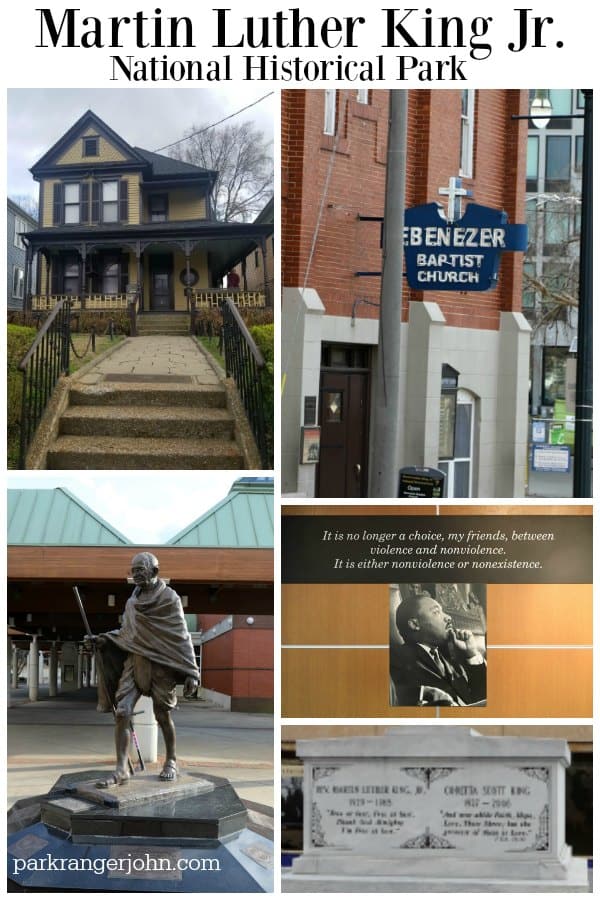
Martin Luther King Jr. National Historical Park
The park protects and interprets sites that were connected to Martin Luther King Jr’s life including the house that was his place of birth. The visitor center is filled with exhibits and presentations about not only MLK Jr but also the American Civil Rights Movement.
Kansas
Brown vs. Board of Education National Historic Site
The 1954 unanimous decision by the supreme court in Oliver Brown Et Al vs. The Board of Education of Topeka et al ruled that segregation by race in school violated the principals of “equal protection” as established by the 14th amendment of the US Constitution.
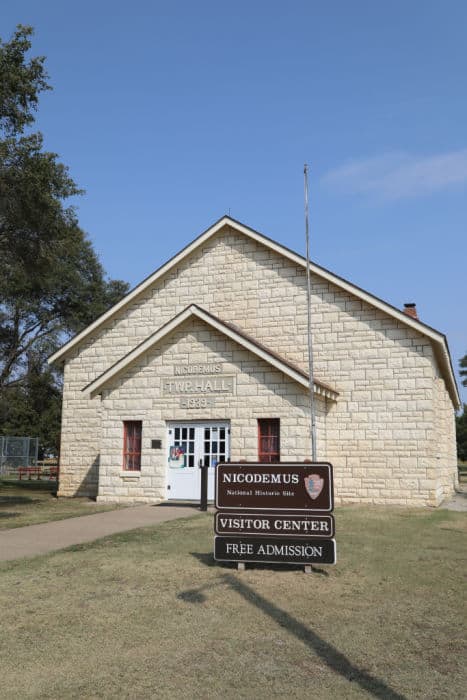
Nicodemus National Historic Site
Nicodemus National Historic Site is the oldest remaining Black Settlement west of the Mississippi River! The westward expansion of previous enslaved African Americans left Kentucky at the end of the Civil War to try and find freedom in the "promised land" of Kansas.
Kentucky
Camp Nelson National Monument
Camp Nelson was established as a Union supply depot and hospital during the Civil War. It was also a recruitment and training center for African American soldiers and a refuge for their families.
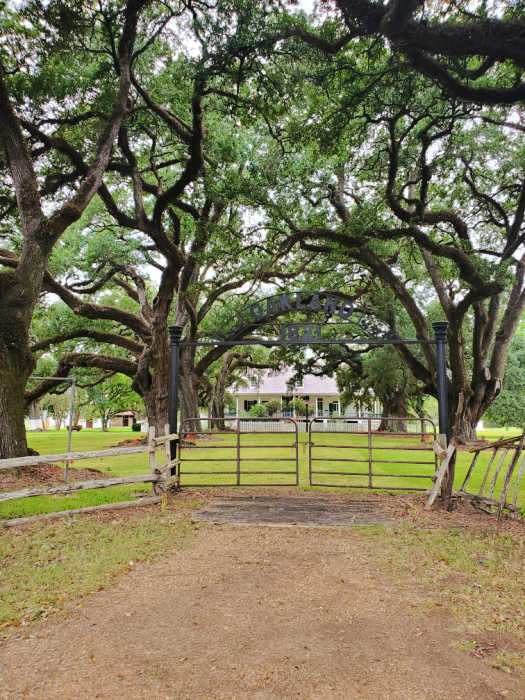
Louisiana
Cane River Creole National Historical Park
You can take a tour that explains the workings and legacy of the creole cotton plantation system. These plantations grew tobacco, cotton, and indigo. You have the chance to visit slave and tenant cabins, overseers houses, doctor offices, plantation stores, a blacksmith shop, a carpentry shop, and farm buildings.
Tours at this site give an overview of the entire plantation community including their enslaved workforces, landowners, and paid workers. The park lies within the Cane River National Heritage Area which is affiliated with the National Park Service.
Maryland
Antietam National Battlefield
On the night of September 18th, General Lee withdrew his troops back into Virginia. The retreat was the signal President Lincoln had been hoping for. He declared freedom for enslaved people in the South.
Abraham Lincoln issued the initial Emancipation Proclamation on September 22, 1862. From this point forward the Civil War was about preserving the Union and ending slavery.
Hampton National Historic Site
The largest private homes in the U.S. needed a large workforce to maintain the grounds and estate. This included many types of workers. In just the last fifty years of the eighteenth century, they bought over 300 indentured servants. They also employed free workers, British Prisoners of War, and enslaved African-Americans. Slavery was part of the Hampton estate for over 100 years, ending only when Maryland State law ended the institution in 1864.
Harriet Tubman Underground Railroad National Historical Park
The park offers the opportunity to drive the 125-mile Harriet Tubman Underground Railroad Byway that includes more than 30 sites related to Harriet Tubman’s life.
The park was established in 2013 to honor the accomplishments of Harriet Tubman. She was born into slavery in 1820. Harriet Tubman escaped slavery to become the best-known conductor of the Underground Railroad where she repeatedly risked her life to guide nearly 70 enslaved people north to new lives of freedom.
Massachusettes
Boston African American National Historic Site
The site includes the largest area of pre-Civil War African American owned structures in the United States. These sites include houses, businesses, schools and churches that were part of a thriving community located on the north side of Beacon Hill.
Generations of African Americans struggled for equal rights locally and nationally. The Museum of African American History operates the Abiel Smith School which served as a segregated public school for black children from 1835 to 1855.
Mississippi
Medgar and Myrlie Evers Home
Medgar and Myrlie Evers were partners in the civil rights struggle of segregation. Medgar Evers was assassinated in the carport of his home on June 12, 1963. It was the first murder of a nationally significant leader of the American Civil Rights Movement becoming a catalyst for the passage of the Civil Rights Act of 1964.
Natchez National Historical Park
Melrose home and plantation was built in the late 1840s. The home was owned by John McMurran a wealthy lawyer and plantation owner along with his family. The house is a Greek-revival mansion with fine furnishings. The house was considered one of the grandest houses in the region.
The McMurran’s had as many as twenty-five enslaved people who cooked, tended the grounds, cared for the kids and took care of the property.
Today you can take a guided tour of the house to learn about the lives of wealthy plantation owners and enslaved workers. One of the most interesting exhibits is the slave quarters. Make sure and stop to read the interpretive panels and learn more about enslaved worker’s lives.
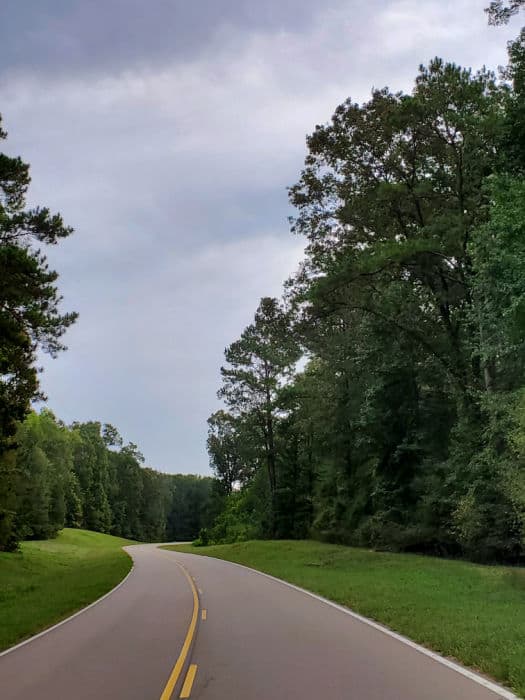
Natchez Trace Parkway
The Natchez Trace Parkway is a 444-mile recreational road and scenic drive through Mississippi, Alabama, and Tennessee. It roughly follows the "Old Natchez Trace" a historic travel corridor used by American Indians, "Kaintucks," European settlers, slave traders, and more!
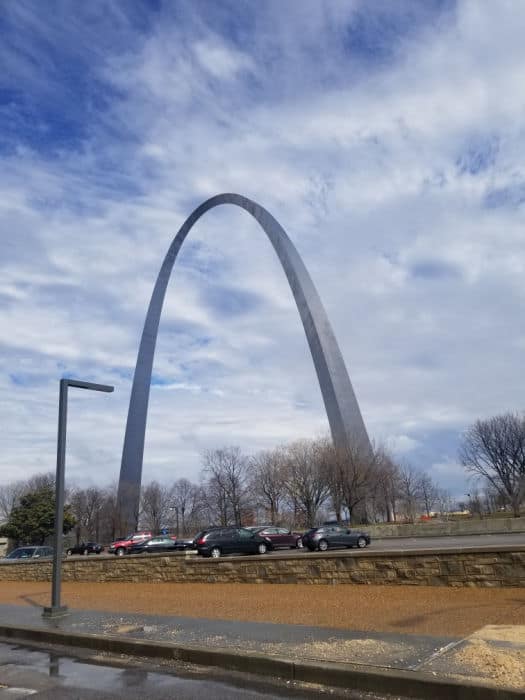
Missouri
Gateway Arch National Park
Gateway Arch is much more than the Arch as it includes the St. Louis Courthouse which was originally built in 1828. The courthouse is where the famous Dred Scott case was heard. The Dred Scott case dived into the legal status of enslaved people and contributed to the outbreak of the Civil War.
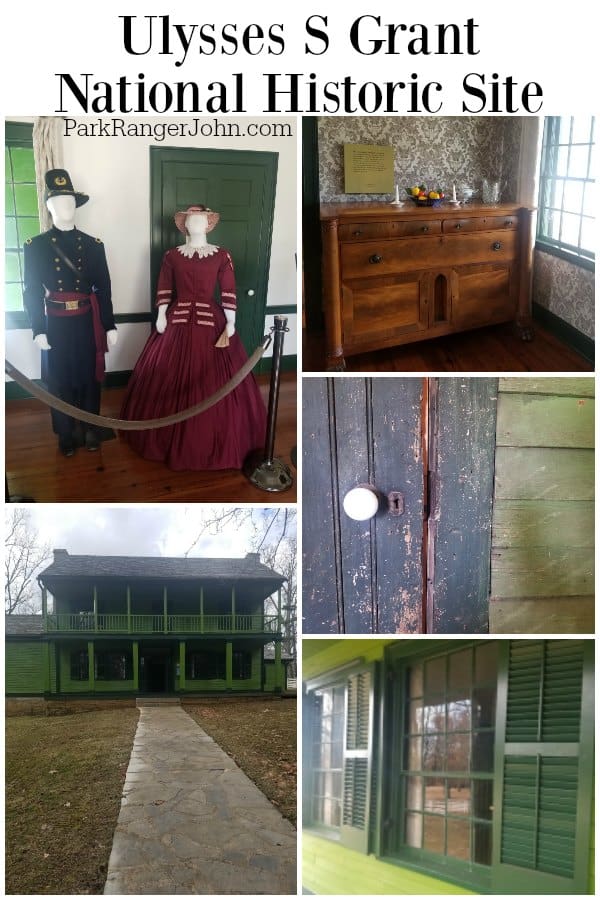
Ulysses S Grant National Historic Site
The site includes five historic structures of Grant’s home, known as “White Haven,” including a two-story residence, a barn, and a stone building believed to have housed Grant’s father-in-law’s slaves. The park is open daily, year-round, from 9 a.m.-5 p.m.
Montana
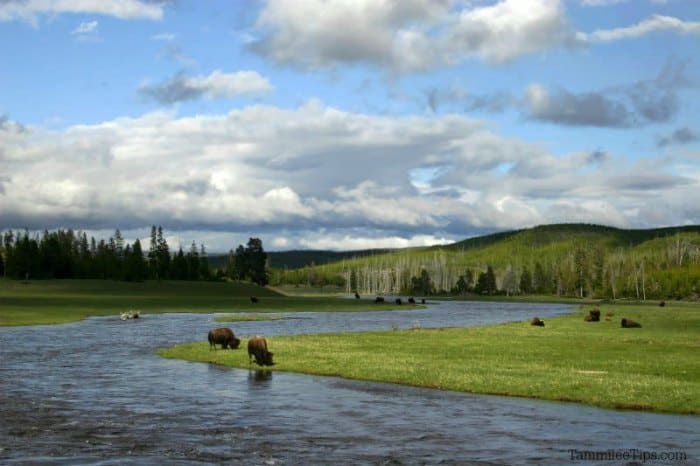
Yellowstone National Park
Yellowstone became the first National Park on March 1, 1872.
Did you know that African American cavalry and infantrymen were some of our first Park Rangers in the National Parks?
The late 1800s saw hundreds of Buffalo Soldiers keep watch over several parks including Yellowstone. They served as park rangers long before the National Park Service was created (1916) and even introduced the ranger hats that everyone now identifies with the parks. These Park Rangers not only protected the parks but also built roads, trails, drew maps, fought fires while preventing illegal grazing, poaching, and logging.
New York
African Burial Ground National Monument
From the 1690s to the 1790s thousands of captive and freed Africans and their descendants were buried at this site. Burials of Africans were not allowed within the city walls of New Amsterdam which later became New York City
The site closed in 1794 and was nearly forgotten until the construction of a federal office building in 1991 uncovered them. A portion of the cemetery was saved after public outcry and preservation efforts changed the building design.
North Carolina
Fort Raleigh National Historic Site
Fort Raliegh is the site of the First Light of Freedom monument. This monument commemorates the Roanoke Island Freedman's Colony that was set up during the Civil War. The colony provided a safe place and education for former slaves to help them better prepare for their new life out of slavery.
Ohio
Charles Young Buffalo Soldiers National Monument
Charles Young was born in 1864 to enslaved parents. He became the third African American to graduate from the United States Military Academy at West Point in 1889. He would become the highest-ranking African American officer in the US Army.
He was also the first African American to serve as the superintendent of a National Park when he commanded troops overseeing Sequoia and General Grant NP which is now known as Kings Canyon.
Pennsylvania
Allegheny Portage Railroad National Historic Site
The first railroad to circumvent the Allegheny Mountains, the Allegheny Portage Railroad served merchants, passengers, slaves in pursuit of freedom, and soldiers from the Mexican War.
South Carolina
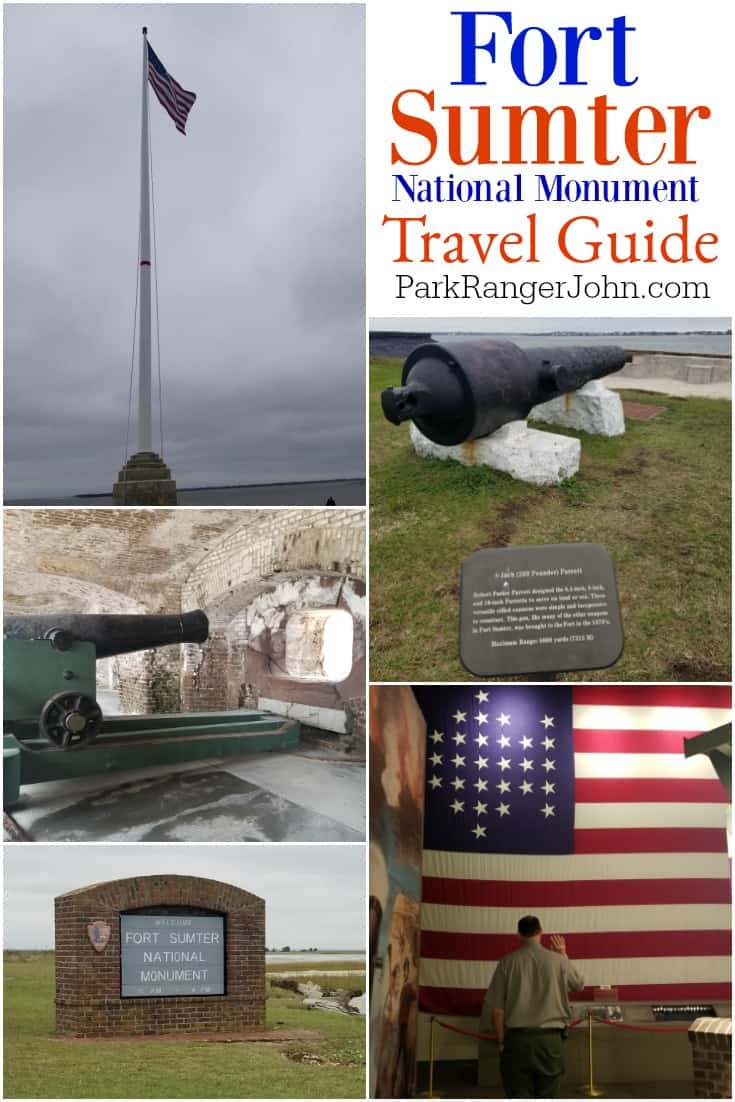
Fort Sumter and Fort Moultrie National Historical Park
When Abraham Lincoln was elected president the movement to restrict slavery was growing in the United States. South Carolina was the first state to secede from the Union over the “reserved rights of the States.”
Union Major Robert Anderson moved his troops from Fort Moultrie to Fort Sumter. Confederate forces demanded that the fort surrender. Major Robert Anderson refused to surrender even with limited supplies and troops.
On April 12, 1861, at 4:30 am as Union supply boats approached Fort Sumter the Confederate troops signaled with a mortar shell that the artillery bombardment of Fort Sumter was beginning. This marked the beginning of the Civil War.
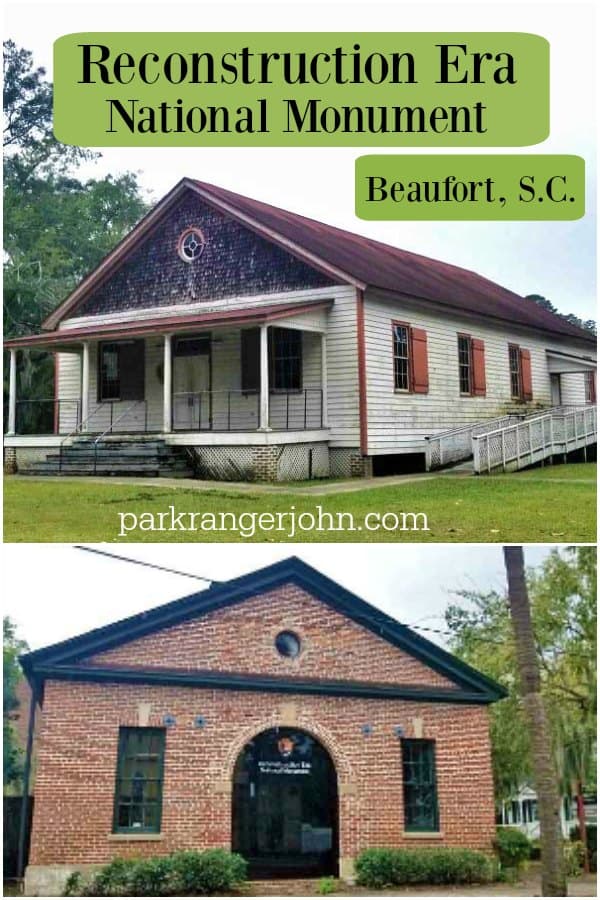
Reconstruction Era National Historical Park
The years from 1861-1898 are considered the Reconstruction Era. The period of time when the United States processed/struggled with how to integrate millions of freed slaves into social, political, economic, and labor systems.
Tennessee
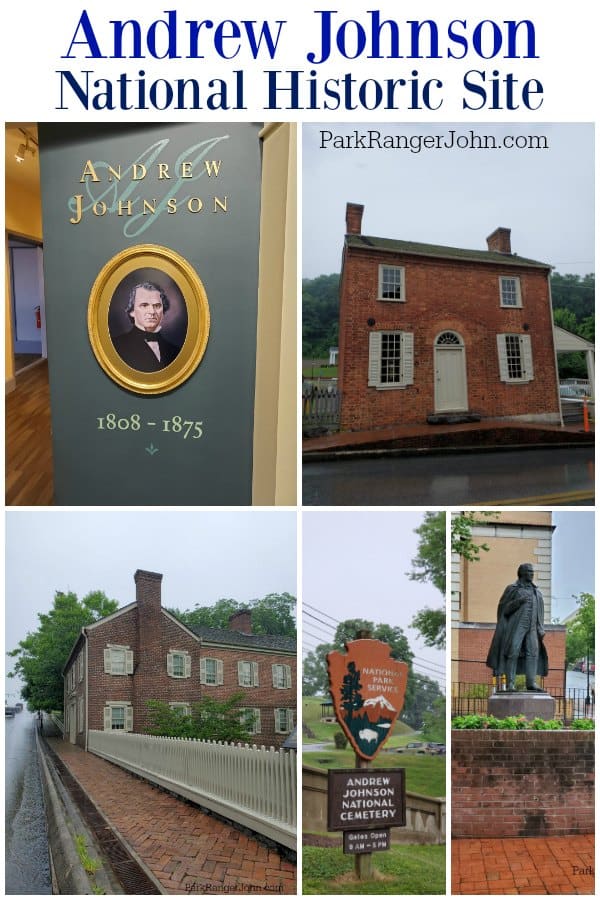
Andrew Johnson National Historic Site
Andrew Johnson was a man known as several things, even contradicting. He was a southerner that believed in the Union yet believed that political decisions should be left up to the states. He was a slave owner but was known as the "Moses" for the Freedom of Slaves in Tennessee. This was because Johnson freed his personal slaves on August 8, 1863, then freed all slaves in the state of Tennessee on October 24, 1864.
Johnson then became the 17th. President of the United States after President Abraham Lincoln was assassinated. This was a time of extreme tensions within the government, especially with the southern states rejoining the union. Johnson became known as the veto president with numerous policies were attempted to change the shape of the government which eventually led him to be the first-ever president to be Impeached. He was impeached in the house but the senate lacked 1 vote to officially impeaching the president.
Virginia
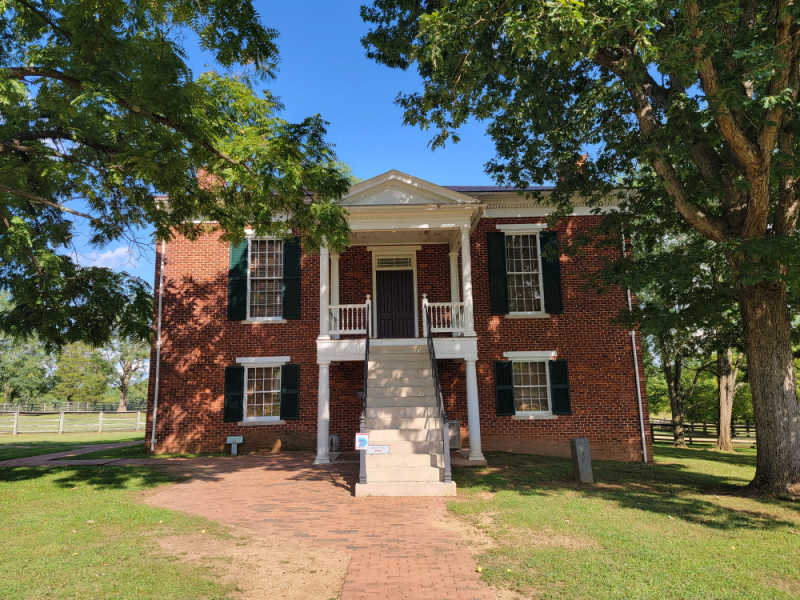
Appomattox Courthouse National Historical Park
This was the site of the final events of the Civil War on April 9, 1865. Confederate General Robert E. Lee realized that his troops were surrounded and exhausted. He met with Union Lieutenant General Ulysses S. Grant to discuss terms of surrender.
Their meeting was held in the parlor of a private home in the town of Appomattox Court House, Virginia. This meeting essentially ended the American Civil War.
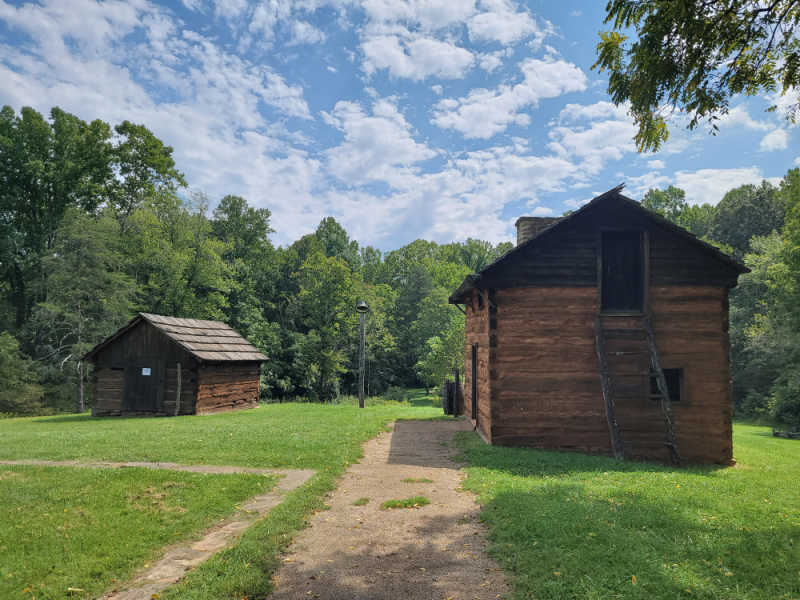
Booker T. Washington National Monument
Booker T. Washington was born in 1856 the son of an enslaved mother. He overcame his slave origins to become one of the most influential African Americans of his era.
Mr. Washington was a firm believer in the power of education and at the age of 25 was named the first president of the Tuskegee Institute. He recruited famed scientist George Washington Carver along with many other amazing teachers.
Historic Jamestowne Part of the Colonial National Historical Park
1619 marked the arrival of Africans to Jamestowne marking the origin of slavery in English North America. The young colony had no set laws on slavery at the time. Make sure to check out the National Parks website for the timeline of slavery and suggested further readings into the origins of slavery in America.
Maggie L Walker National Historic Site
Maggie Walker was the first African-American woman to charter and serve as president of a bank in the United States. In 1903 she founded the St. Luke Penny Savings Bank. A place where people could “take the nickels and turn them into dollars”.
The National Park Service currently protects 423 sites that include historical parks, national parks, national monuments, seashores, and more.
Each of these sites has played a role in the historical timeline of the United States. We wanted to highlight some of the most significant sites that relate to Black History Month.
Please forgive me if I forgot your favorite park on this list. If you feel I should add another park to this list feel free to leave a comment and I can look into adding it to this article.
Learn more about National Park Passes for parks that have an entrance fee.
$80.00 - For the America the Beautiful/National Park Pass. The pass covers entrance fees to all US National Park Sites and over 2,000 Federal Recreation Fee Sites for an entire year and covers everyone in the car for per-vehicle sites and up to 4 adults for per-person sites.

Buy your pass at this link, and REI will donate 10% of pass proceeds to the National Forest Foundation, National Park Foundation, and the U.S. Endowment for Forestry & Communities.
National Park Free Entrance Days -Mark your calendars with the free entrance days the National Park Service offers for US citizens and residents.

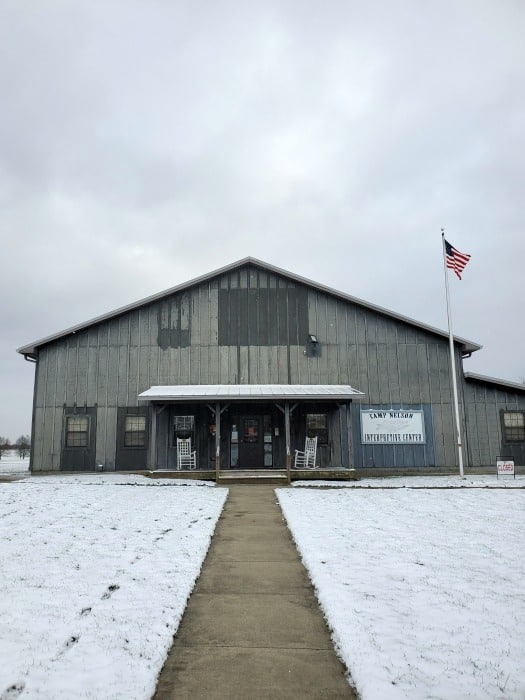
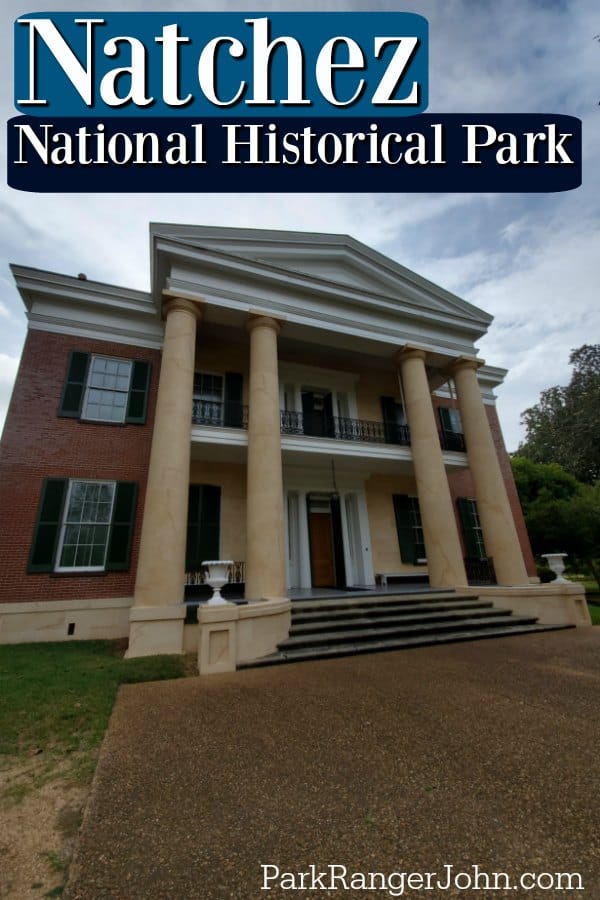
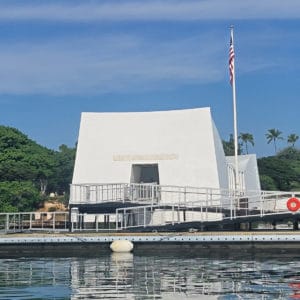


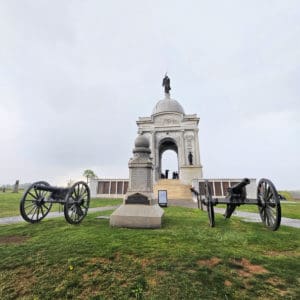
Leave a Reply